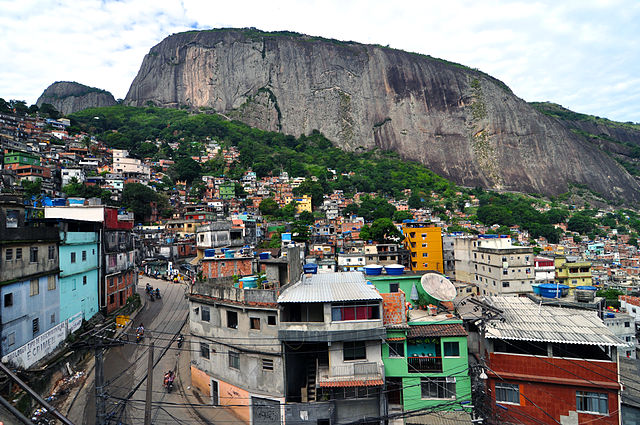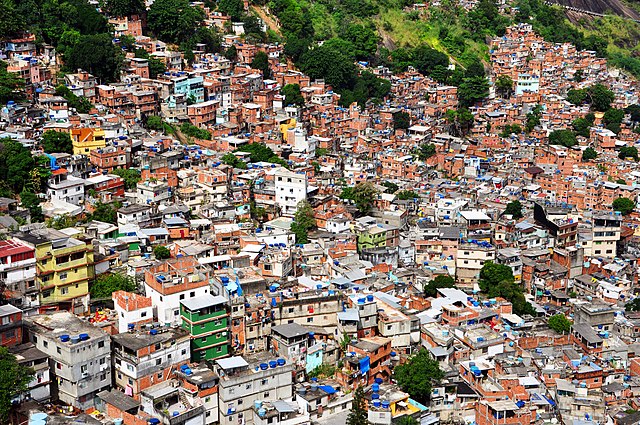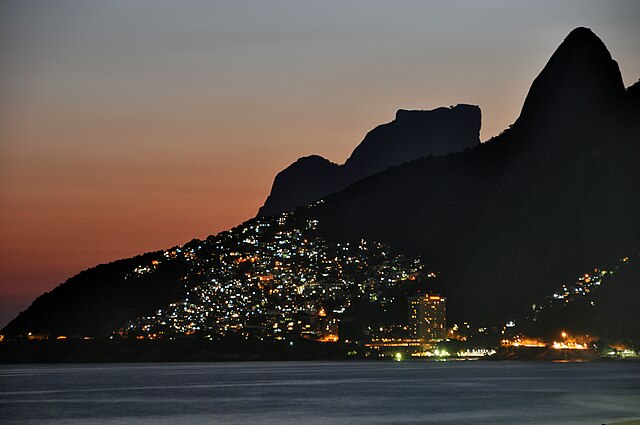Funk carioca, also known as favela funk, in other parts of the world as baile funk and Brazilian funk, or even simply funk, is a hip hop-influenced music genre from Rio de Janeiro, blending the rap subgenres of Miami bass and gangsta rap. Despite its name, funk carioca has no musical correlation with the American funk by any means.
Funk carioca was born in the 1980s in Rio de Janeiro's favelas.
Favela is an umbrella name for several types of working-class neighborhoods in Brazil. The term, which means slum or ghetto, was first used in the Slum of Providência in the center of Rio de Janeiro in the late 19th century, which was built by soldiers who had lived under the favela trees in Bahia and had nowhere to live following the Canudos War. Some of the last settlements were called bairros africanos. Over the years, many former enslaved Africans moved in. Even before the first favela came into being, poor citizens were pushed away from the city and forced to live in the far suburbs.
Rocinha is the largest hill favela in Rio de Janeiro (as well as in Brazil and the second largest slum and shanty town in Latin America). Although favelas are found in urban areas throughout Brazil, many of the more famous ones exist in Rio.
Rio's Santa Teresa neighborhood features favelas (right) contrasted with more affluent houses (left). The Christ the Redeemer, shrouded in clouds, is in the left background.
Then U.S. president Barack Obama visiting Rio's Cidade de Deus (City of God) favela. This favela started out as public housing built on marshy flatlands in the city's western suburbs.
The lights of Vidigal favela in Rio de Janeiro as seen from Ipanema and Leblon beaches. The cone spire to the far right is part of the Morro Dois Irmãos.





